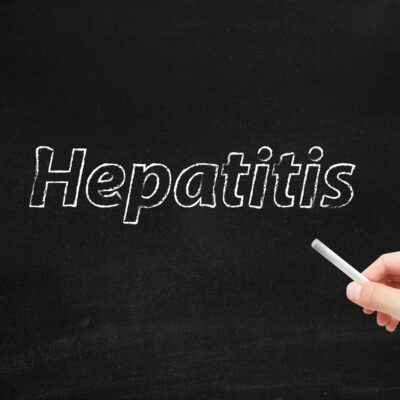
General Health
Understanding Lymphoma: Types and Causes
Lymphoma is a cancer of the lymphatic system. It is a type of cancer that starts in the white blood cells called lymphocytes or the immune system’s infection-fighting cells. These cells are found in the thymus, spleen, lymph nodes, bone marrow, and other parts of the human body. When a person suffers from lymphoma, the change and growth of the lymphocytes is out of control. Lymphoma can happen at any age and is one of the most common cancers among children and young adults between the ages of 15 and 24. Since it is in the bloodstream, this type of cancer can metastasize to various parts of the body. In the US, there is around 2.1 percent lifetime risk of contracting Non-Hodgkin’s Lymphoma and 0.2 percent of contracting Hodgkin Lymphoma. This type of cancer is treatable and the outlook can differ based on the type and stage of lymphoma. Lymphoma is classified based on the kind of affected immune cells. There are two major types are Hodgkin Lymphoma and Non-Hodgkin’s Lymphoma and within each type are several subtypes: 1. Non-Hodgkin’s Lymphoma (NHL) NHL accounts for 90 percent of cases 4 percent of all cancers in the US. In this type of lymphoma, the tumors are developed in the lymphocytes.
Read More 















